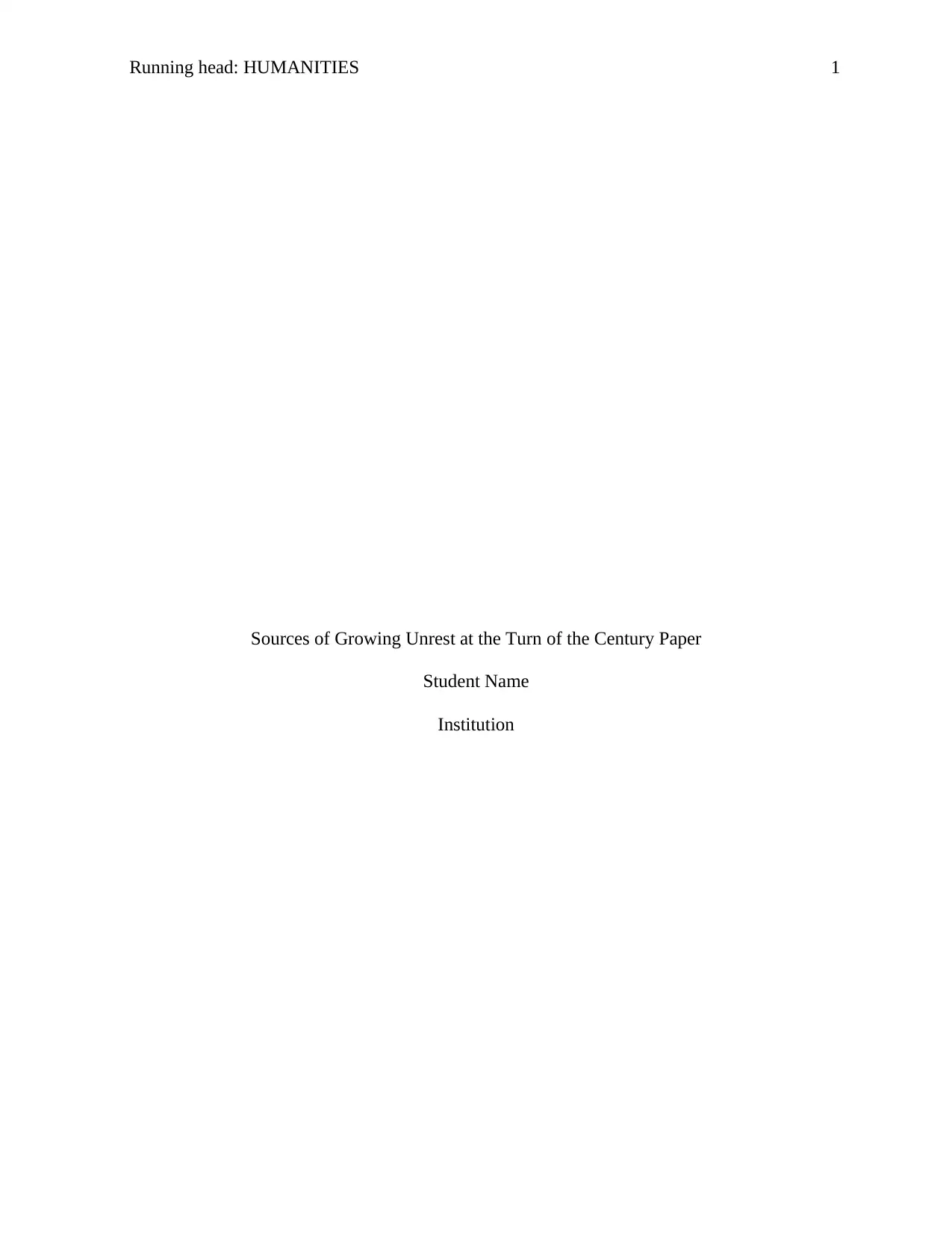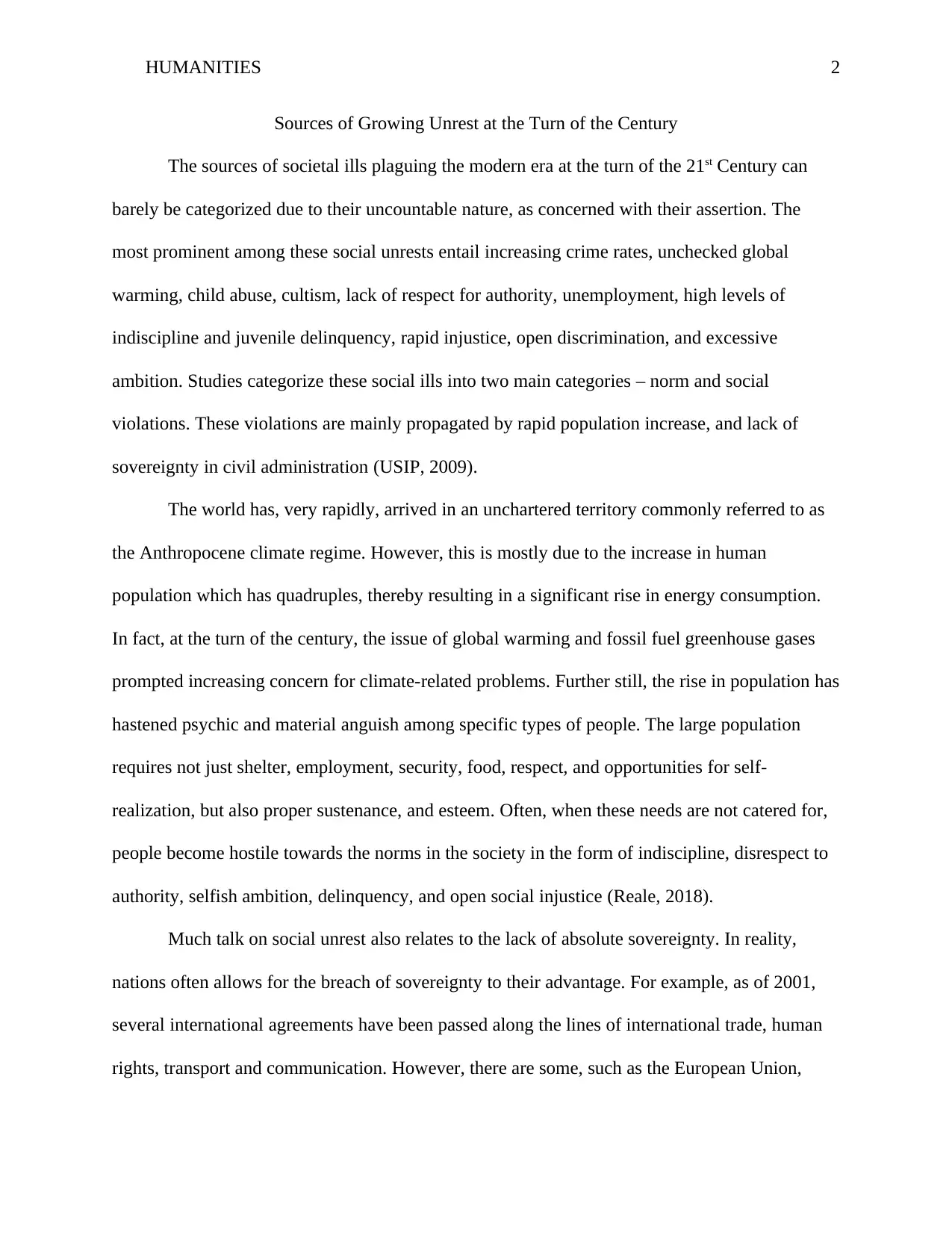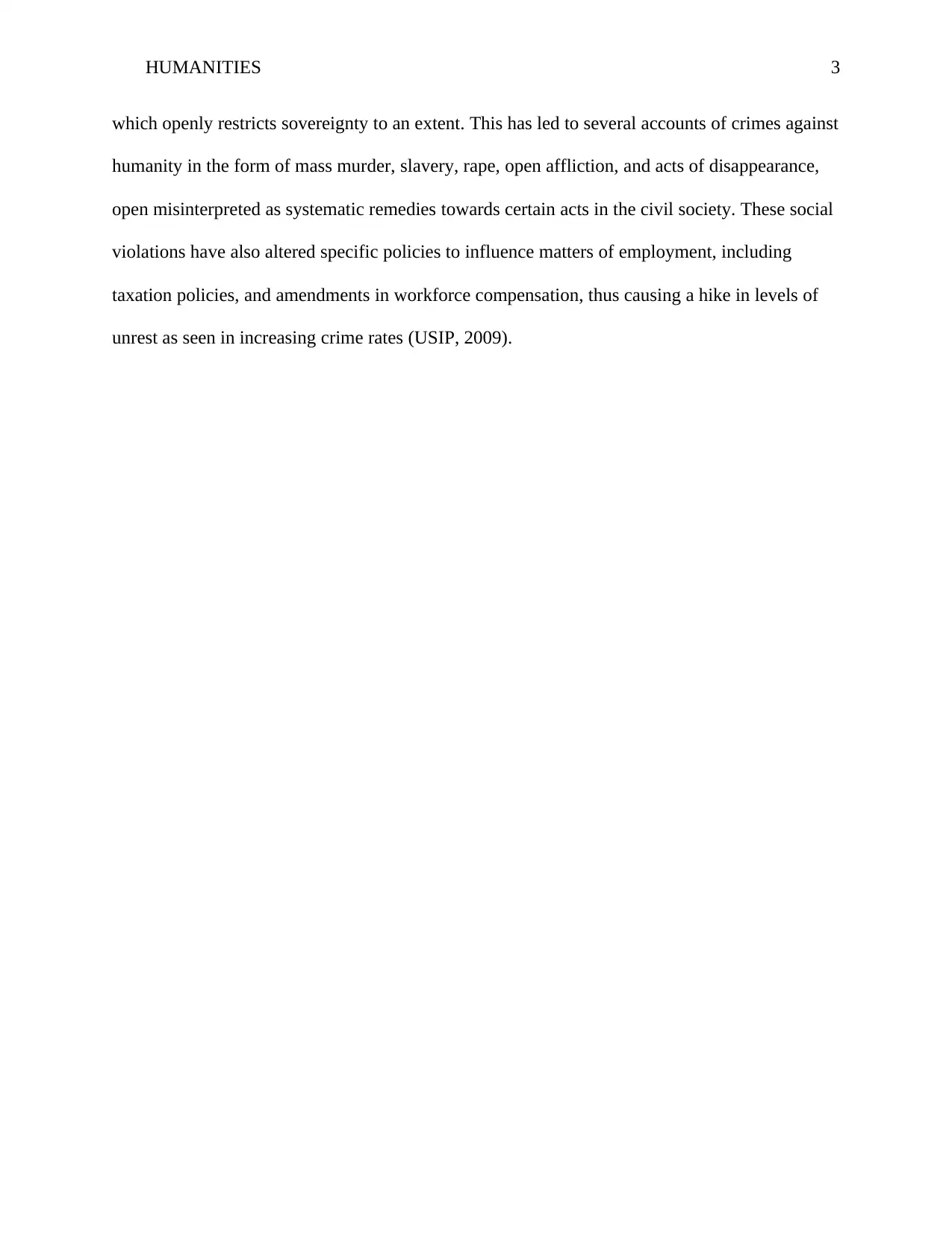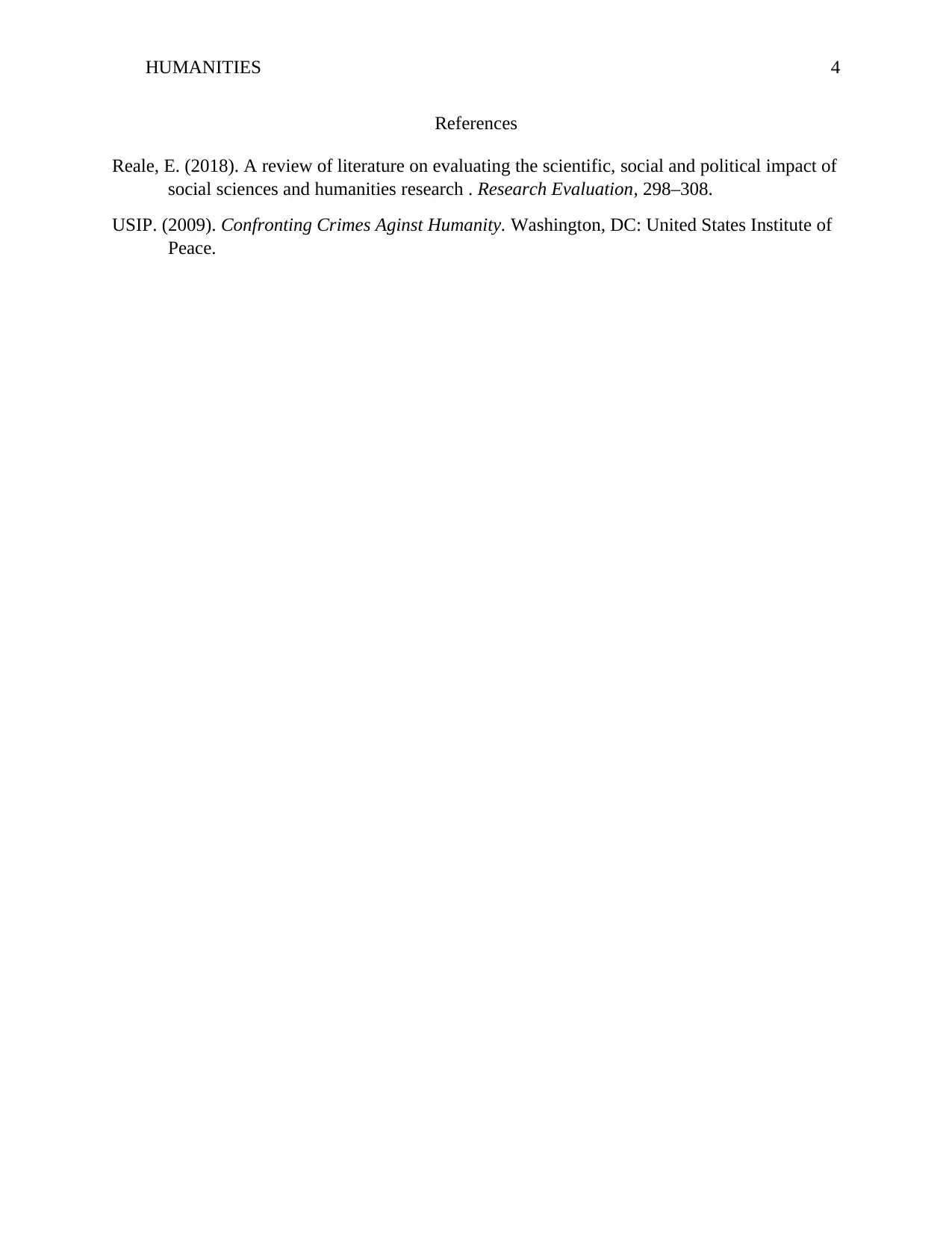Humanities 1: Analyzing Societal Unrest at the Turn of the Century
VerifiedAdded on 2023/01/16
|4
|534
|69
Report
AI Summary
This report, titled "Sources of Growing Unrest at the Turn of the Century," analyzes the complex factors contributing to societal issues in the early 21st century. It identifies key sources of unrest, including increasing crime rates, global warming, and population growth. The report explores how these factors interact, leading to social violations such as indiscipline, disrespect for authority, and open social injustice. It examines the impact of global warming and the rise in population on human needs and behaviors. The report also discusses the role of sovereignty, international agreements, and their influence on employment and taxation policies, which further exacerbate social unrest. The author references specific literature to support the analysis of these complex issues.
1 out of 4




![[object Object]](/_next/static/media/star-bottom.7253800d.svg)